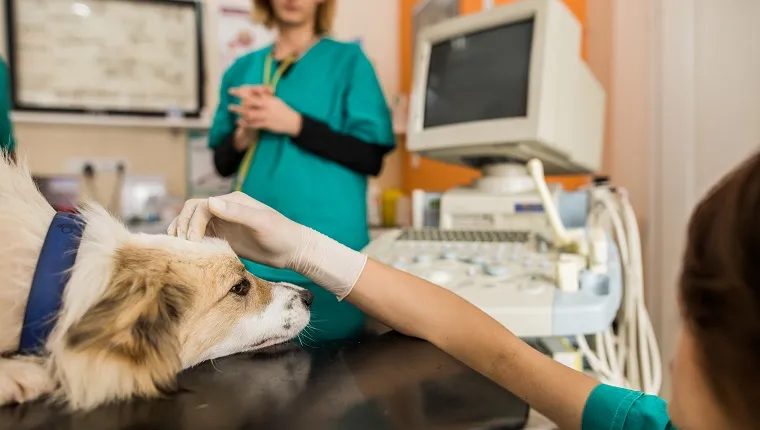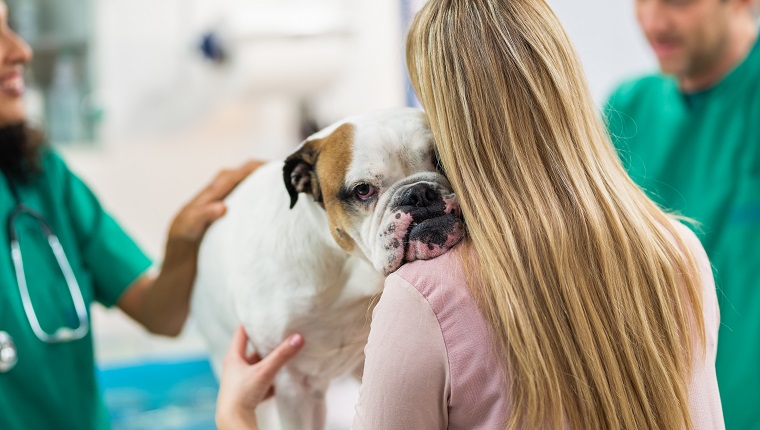Osteomyelitis in dogs is a medical condition that involves a bacterial or fungal infection in a dog’s bones or bone marrow. It can also result from an infection in another area of the body that subsequently moves through the bloodstream and into the bone and bone marrow.
The condition can be classified as either an acute or chronic depending on the severity of the infection.
If you see signs that your dog might be suffering from a bone or bone marrow infection, then you must consult your veterinarian for a proper diagnosis and course of treatment. Here’s what you should know about the symptoms, causes, and treatments of osteomyelitis in dogs.
Symptoms Of Osteomyelitis In Dogs
Osteomyelitis in dogs can present a range of symptoms. Some of the most common symptoms include:
- Swollen mouth
- Fever
- Being unable to eat and drink
- Lesions
- Acting weaker than usual and depressed
Causes Of Osteomyelitis In Dogs

There are a number of causes of osteomyelitis in dogs. Some of the most common causes include:
- Bacterial infection (including Staphylococcus and Streptococcus)
- Fungal infection (including Aspergillus)
- Injury from a trauma
- Dental issues
- Wounds from being bitten
Veterinary Treatments
If you suspect that your dog is developing osteomyelitis, your veterinarian will want to ask a series of questions about their medical history, including any recent incidents or situations that might have caused an infection to set in.
The vet will also order blood and urine tests to identify the underlying infection. They may also use X-rays and ultrasound imaging, along with analyzing samples of any fluids from the infected area of the body.
When it comes to treatment, cleaning the affected area and irrigating any wounds is often a first step. The vet will also likely prescribe antibiotics to target any infection.
As ever, if your vet prescribes your dog a course of antibiotics, it is vital that you stick to the precise dosage and frequency instructions, along with completing the full course of medication.
While your dog recovers at home, it is important to limit the amount of exercise and activity that they undertake. This is so that your dog’s bones can heal properly. Additionally, regular visits to your vet will need to be scheduled to properly monitor your dog’s recovery.
Have you ever cared for a dog who developed osteomyelitis? How did your vet help your dog get over the infection? Tell us all about it in the comments below.









